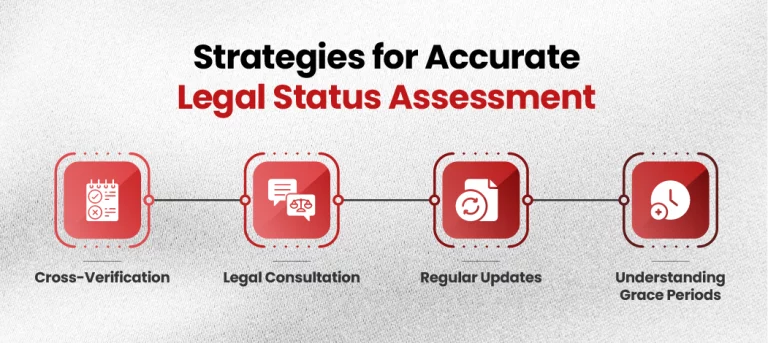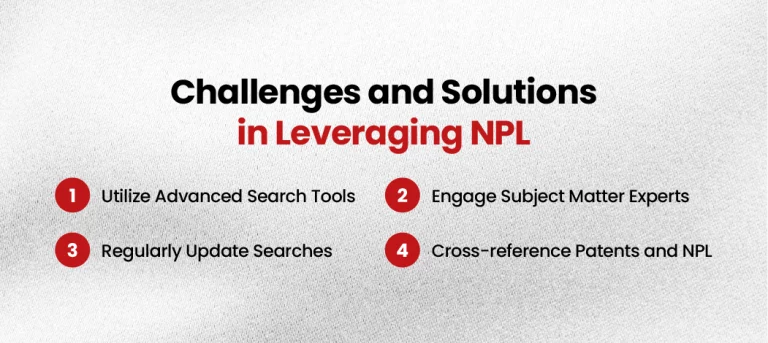In the detailed landscape of patent analyses, there’s a frequent, critical oversight that can jeopardize the thoroughness and accuracy of Freedom to Operate (FTO) searches: focusing excessively on patent claims while neglecting the comprehensive reading of the entire patent specification.
This narrow approach can lead to misinterpretations of the scope of a patent and, subsequently, unforeseen legal challenges.
Understanding the Role of the Entire Specification
Patent claims define the legal boundaries of a patent and are undoubtedly crucial in determining the risk of infringement. However, these claims must be interpreted in the context provided by the accompanying specification.
The specification includes a detailed description of the invention and the context in which the claims should be understood. It can often contain embodiments or definitions that significantly influence how claims are interpreted in legal scenarios.
Risks of a Limited Focus
By limiting the FTO search to the claims alone, companies risk missing critical information contained in the specification that could alter the interpretation of these claims.
For instance, terms used in the claims are sometimes defined in very specific ways in the specification, which can broaden or narrow the scope of the patent significantly.
Ignoring this detail can lead to incorrect assessments of whether a product infringes on a patent, potentially resulting in expensive litigation or the need for last-minute product redesigns.
Strategies for Comprehensive Patent Analysis
To conduct effective FTO analyses, it is essential to include a thorough review of the entire patent document. This means carefully reading the specification to understand the invention fully and how the claims are intended to be interpreted.
Legal professionals and patent analysts should be trained to look beyond the claims and consider the specification as an integral part of the patent.
Moreover, employing advanced search tools and techniques can enhance the quality of FTO searches. These tools can help identify not only the claims but also relevant sections of the specification where critical terms and phrases are explained.
Additionally, incorporating semantic search technologies, which understand the context and variations of technical terminology, can further refine search accuracy and relevance.
Using Proper Terminology in Search Queries
Another aspect of avoiding this pitfall is the use of proper terminology in search queries. The terminology should align with industry standards and the specific jargon used within the relevant technological domain.
This alignment ensures that the searches capture all relevant patents, including those that may use slightly different terms to describe similar concepts or technologies.
In sum, a comprehensive approach to FTO analyses that respects the full context provided by the entire patent document—claims and specification alike—guards against the risks of infringement.
This method not only supports the legal safety of new products but also enhances the strategic positioning of companies in competitive markets, ensuring they remain innovative while legally compliant.








